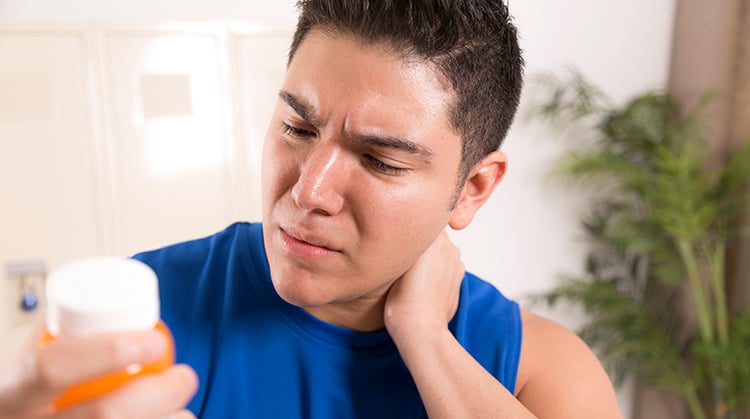
More than 60% of Americans who died from an opioid overdose suffered from chronic noncancer-related pain. Furthermore, it was found that they had also filled an opioid prescription (49%), and in some cases, seen a doctor, in the month before they died.
These findings were published in the American Journal of Psychiatry (Service Use Preceding Opioid-Related Fatality) in late November 2017. Researchers from Columbia University Medical Center studied 13,089 adults under 65 years of age in the Medicaid program in 45 states, who died of an overdose between 2001 and 2007.
Many of those who overdosed also struggled with depression or anxiety. In the year before their death, more than half of individuals studied filled prescriptions for opioids and/or benzodiazepines (sedatives or depressants), and many had filled prescriptions for both. Researchers emphasize the fact that the frequent concurrence of chronic pain and mental health conditions can result in the danger of combining the 2 types of drugs, leading to issues like "respiratory depression," or life-threatening shallow breathing.
According to the Centers for Disease Control and Prevention, the number of Americans who died from an opioid overdose has quadrupled from 1999 to 2015. In March 2016, the CDC released opioid prescribing guidelines, recommending that prescribers reduce the use of opioids in favor of safer alternatives, like physical therapy. Physical therapists treat pain through movement and exercise and partner with patients to improve or maintain their mobility.
Physical therapists are movement experts. They improve quality of life through hands-on care, patient education, and prescribed movement. You can contact a physical therapist directly for an evaluation. To find a physical therapist in your area, visit Find a PT.
The American Physical Therapy Association has launched a national campaign to raise awareness about the risks of long-term use of prescription opioids for pain and physical therapy as a safe, nondrug alternative to manage pain. Learn more at our Safe Pain Management page.
Related Resources
Additional Information
Access additional Did You Know? pages.


